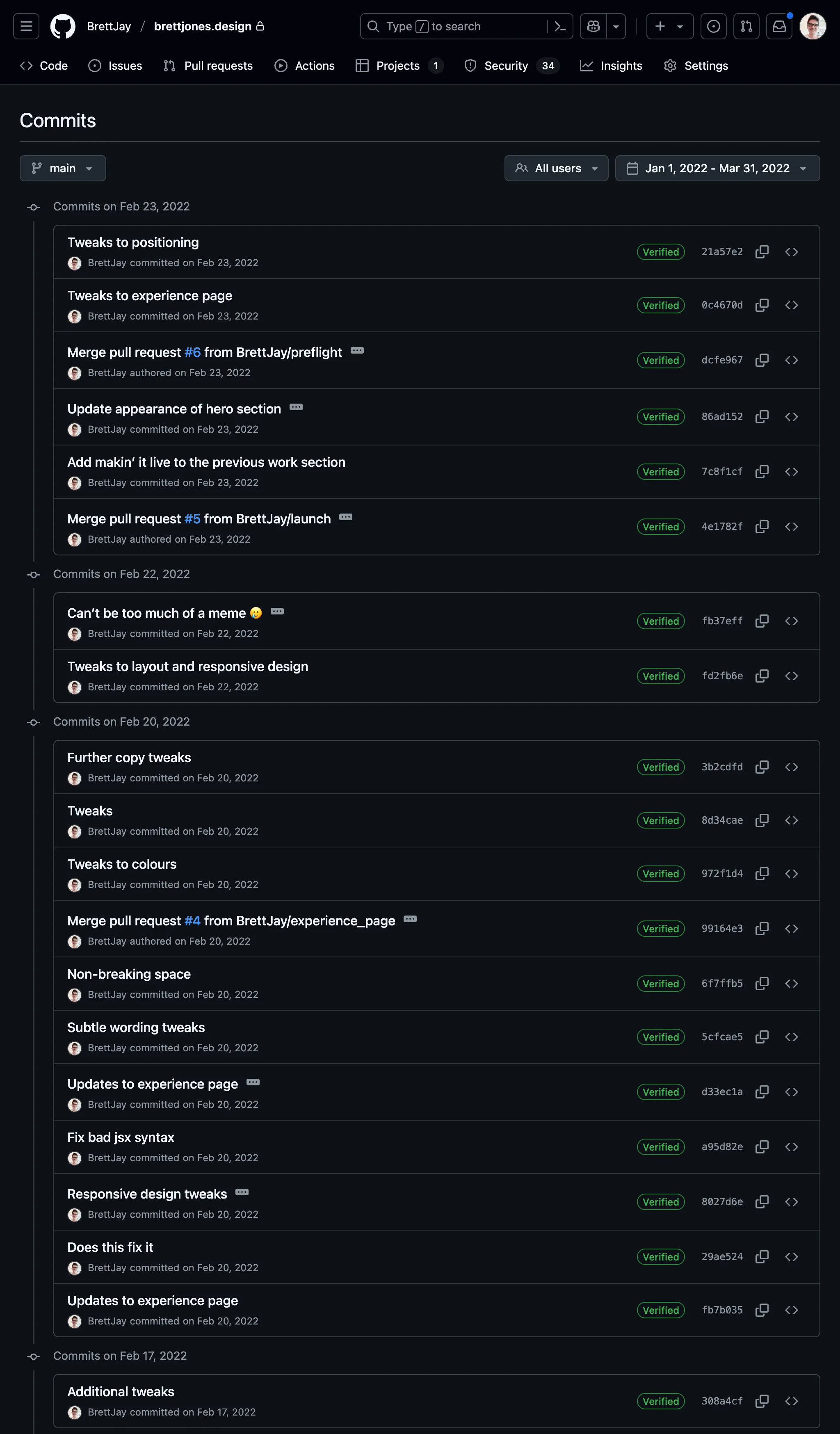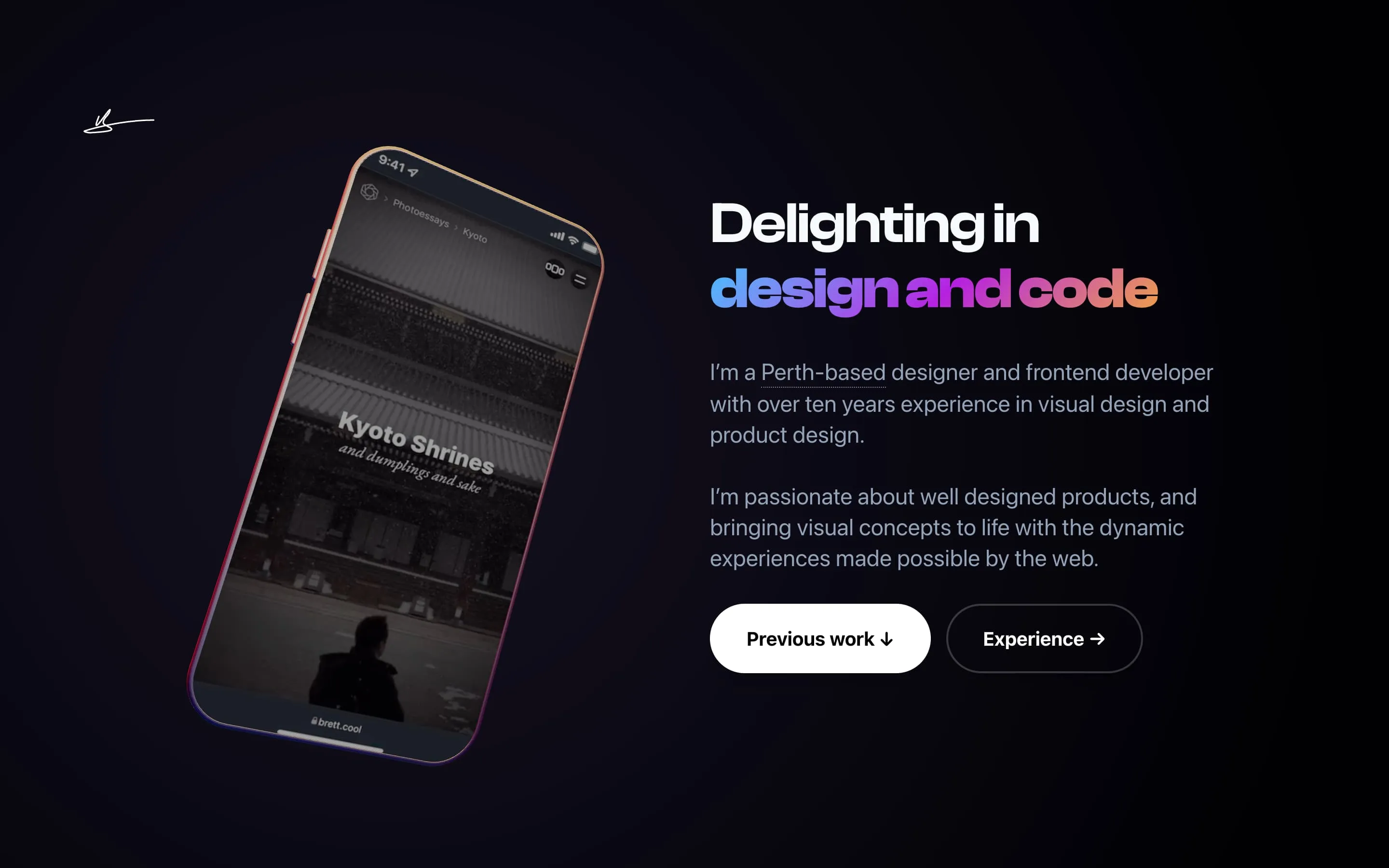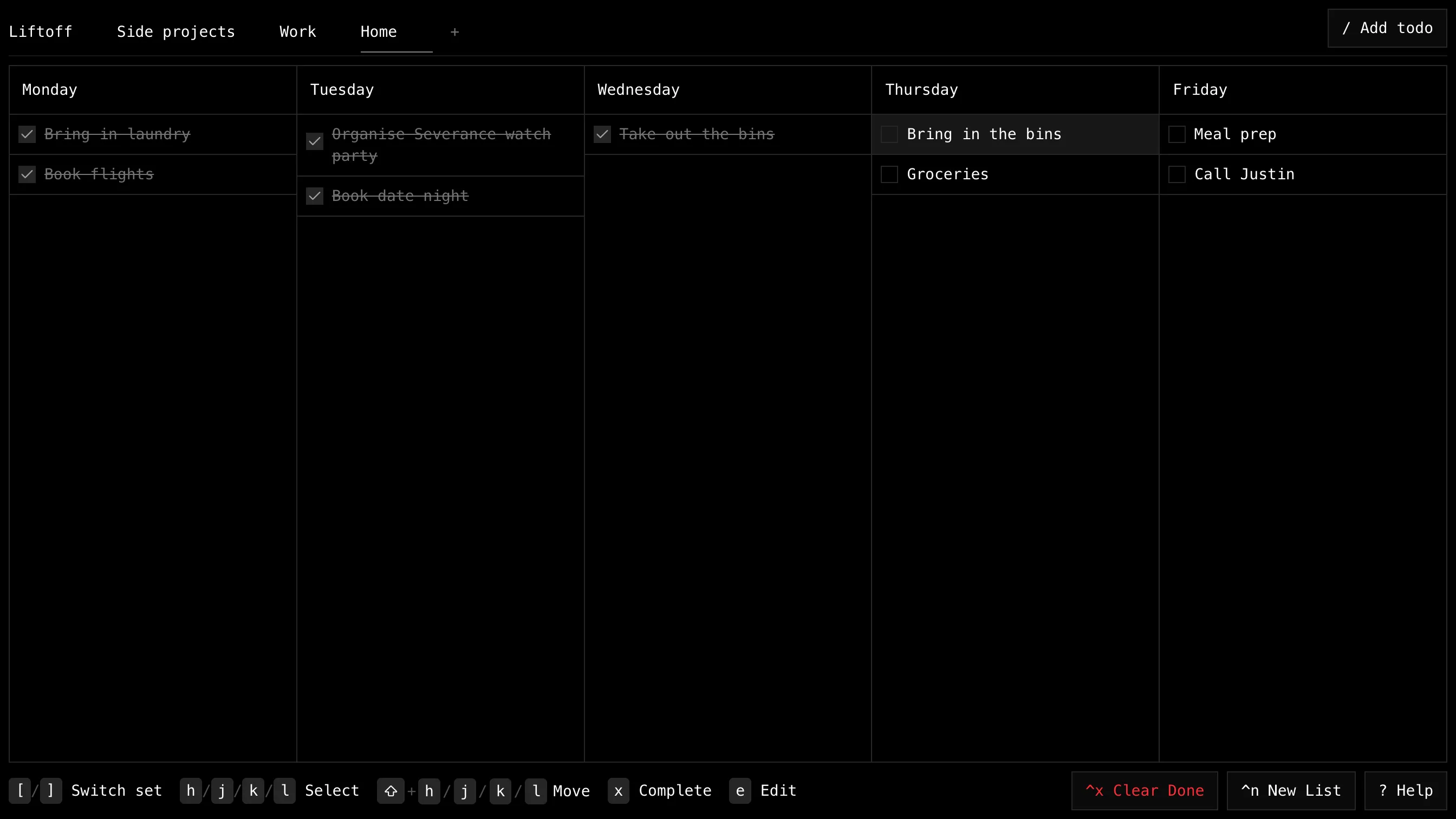I’ve been dabbling with computers for over 25 years, and working with the web in professional (and sometimes unprofessional) capacities for about
Yet in the last 3 years at Buildkite, I can recognise a disproportionate amount of growth and wanted to reflect on the circumstances.
Part of it is downstream of the near-decade I spent at Pin Payments. Pin showed me what good looked like, and how much a small team could deliver. Being a startup, I had to wear a lot of hats, which cultivated a curiosity around other functions that improved my understanding and the quality of my work.
But I began to outgrow my role. I’d gained experience, honed technical skills, and developed strong taste and sensibilities, but had to turn to side projects and proactive work to keep sharp and grow. Around this time, I got a text from a good friend…
I’d been stalling on building my portfolio. But the urgency I felt to apply in time for this role provided me the motivation and focus I needed to break through the malaise and ship.

Within a week, I shipped my portfolio and applied.
In hindsight, this would become the most important repeatable hack to get me to complete work: a clear, meaning goal to execute toward, and a deadline.
Since joining Buildkite, I’ve shipped dozens of projects that I consider to be highlights of my career so far. It has been tremendously rewarding to bring to bear the experience, taste, and sensibilities I cultivated at Pin to a range of interesting new challenges.
It hasn’t always been easy. It’s involved tradeoffs, sacrifice, and a willingness to push through when the situation required it. But the results—the experience I’ve gained and the improvement to the speed and quality of my work—are irreplaceable.
But deadlines are a feature of work. For personal side projects and initiatives, it can be difficult to replicate those conditions. Motivation is easily perishable, and like my portfolio in 2022, easily fall into a limbo state.
The good news is, there are variables we can control.
- Time: The time available to get it done.
- Scope: The amount of effort required to get it done.
- Practice: The speed and quality we produce work within.
In a personal context, we have full control over scope, and some influence over time. More importantly practice is an incredible multiplier on effort; the more sets and reps you’ve done—the more hours logged—the more efficient you can perform. Not just the work, but also the ability to make strategic decisions around scoping and prioritisation.
While we don’t have explicit deadline pressures outside of work, there’s another feature to lean into: the fact that unlike a production grade product that needs careful risk mitigation, the main risk we often have to overcome (or embrace) with personal projects is the likelihood that nobody is paying attention.
Liftoff
Recently I shipped Liftoff, a new browser tab start page which currently has some rudimentary todo list management (with some other fun ideas planned in future). It’s a small side project scratching my own itch; helping me efficiently brain dump and make sense of tasks I need to complete, with a focus on efficient keyboard navigation.
This has been a fun side project and a good exercise in scoping and shaping work in a way that builds momentum. And one of the most useful bits of thought technology that has helped build momentum is that it frankly doesn’t really matter: it’s essentially a throwaway app nobody else relies on. I can even yolo push to main1.
While still having high standards, I gave myself permission to be tactical in how I scoped and prioritised work on Liftoff. Usually I’d want a fully-developed opengraph set, favicons and rich Slack unfurls, but I’m okay for that to come later in order to make progress on core capabilities and keep up momentum. When everything matters to you, the order you priritise things in matters even more.
And if nobody’s watching
Like a tree falling in the forest with nobody around to hear; does work you ship matter if nobody is around to recognise it?
Perhaps it depends on your own success criteria. I’ve yet to share Liftoff in any significant way, but the experience I’ve gained and the joy I’ve found in tinkering has already made the effort worthwhile for me. The invisible work is important, the practice serves to make work I do in future better.
For that reason I consider the habit of practising its own success. Don’t get me wrong—it will be even more rewarding if others find value in the work—but fundamentally the intangible growth and experience I gain by showing up is the reward motivating me.
And then there’s these words you’re reading now
Even this article is an example of this. I have so many ideas I want to share here, it’s hard to know where to get started.
Putting aside the planning and writing of these topics2, there’s also the technical requirements for producing and sharing articles. Gotta have some nicely formatted code blocks, custom components to visualise concepts… maybe some automated opengraph visuals, for a treat?
It’s easy for this to become overwhelming and not know where to start.
But that’s what makes taking the first step the most critical. Find a path. Gain momentum. Practice. Repeat. That’s what I’m doing right now.
Ship like nobody’s watching.

